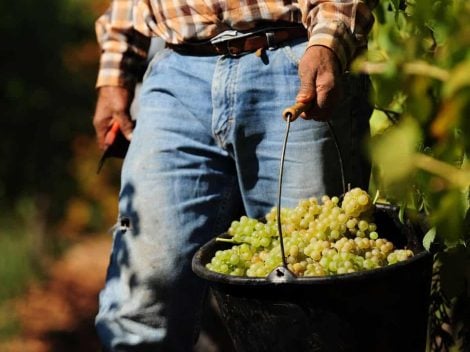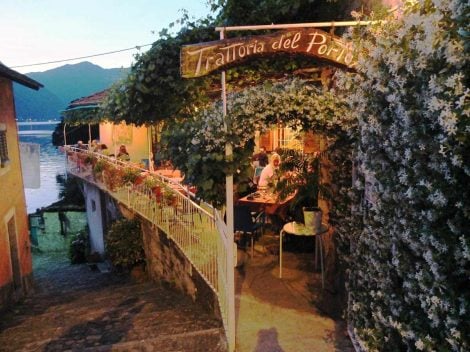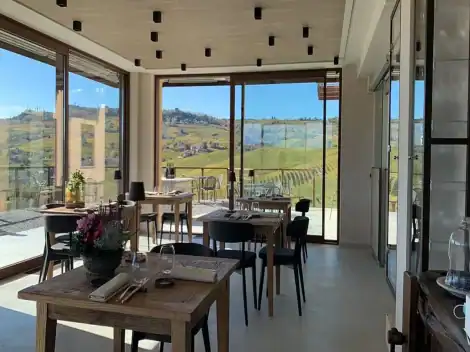For many, this period of home lockdown is a useful opportunity to experiment in the kitchen and indulge in delicious diet benders. For parents, it's the ideal time to keep the little ones busy with baking biscuits and sweets, and for culinary lovers it's an opportunity to devote time to more complex recipes, with slow rising times and longer cooking procedures.
Affordable meals
Not everyone, however, likes to cook, so we thought of drawing up a small "survival manual" for those who are not comfortable with ovens and pans: tools to have at home, supplies to keep in the pantry, simple dishes to create with a few moves and, above all, few euros. To demonstrate that valuable ingredients are not always needed to make tasty dishes. Afterall, traditional Italian cuisine teaches it: often, the best recipes are the most humble ones.
Ingredients to have at hand in the pantry
Potaoes
A ton of potatoes. Substantial, rich in complex carbohydrates and vitamin C, versatile and suitable for many preparations. There are several varieties: white (starchy, ideal for gnocchi and mashed potatoes), yellow (baked, fried or boiled), red which are tasty and savoury; new potatoes (perfect for baking in the oven with skins on), and purple potatoes that can enrich any dish. A separate discussion for sweet potatoes (different botanical family), a veritable cure-all for our health: a concentrate of antioxidants, vitamins, minerals and fiber, with low glycemic index and a completely different flavour. The best way to enjoy them? Baked, skins on, perhaps with a mix of spices, paprika in the first place.
Legumes
Chickpeas, beans, lentils, but also broad beans, peas and all the regional Italian varieties. In addition to providing a good supply of protein and fiber, legumes are excellent for their long shelf life (both dry and pre-cooked canned) and are therefore among the most popular "pantry" foods ever. Used in soups, minestrones, for vegetarian or vegan meatballs and burgers, or beans cooked "all'uccelletto": their uses are manifold the cost is low, but the results are delicious. For those needing inspiration, a simple sauté with garlic and onion and some herbs can also be enough to serve a nutritious protein dish that never tires. Never forget to end the dish with a good swirl of raw extra virgin olive oil.
Grains
Versatile, tasty and a fundamental part of the Mediterranean diet, grains have always been an indispensable food for our health and among the oldest food resources discovered by man. On the market there are different types: in the decorticated version (without the outer layers but still intact) or pearly (without the outer cuticle, with shorter cooking times). Spelt and barley can be used for salads or as a base for soups (just add some legumes and a vegetables to taste to enrich your bowls). Millet lends itself well to the preparation of vegetable burgers, while oats are perfect for breakfast, with milk or in the classic English porridge, or oatmeal version. And for the laziest gourmands, a very simple sweet snack: mix rolled oats, honey and nuts, put everything in the oven and voila: homemade granola, to munch on in front of the TV or to top your yogurt.
Rice
Rice is also a grain, but it deserves a separate chapter. Gluten-free, rich in essential fatty acids and potassium, it's also indicated for those suffering from hypertension or gastrointestinal disorders. Arborio, Carnaroli, Vialone Nano, Basmati, Venere, Roma are just some of the most famous varieties, each with their own cooking times and specific characteristics. In Italy rice is mandatory for risotto, rice and peas, supplì, arancini, timballi, salads and sweets, while abroad it's often used in combination with a main dish (advice to keep in mind in case you run out of bread), or for the preparation of sushi, or together with beans in Mexico, or with raw fish and vegetables in Hawaiian poke. But never as in this case, is the rule of free interpretation valid: rice is such an eclectic product that it can be declined and re-invented differently every time. For those who have run out of flour: try the Bolognese rice cake, made only with rice, eggs, sugar, liqueur and milk.
Flour
There are many types, each with its own characteristics and properties. Once you have chosen the one (or those) you prefer, the uses are manifold: bread, fresh pasta, pizza, desserts. But there's more: flour is also an important thickener for creams and sauces, the base of bechamel and crêpes, as well as a fundamental ingredient for batters and dredging fried food. In short, at home it can't really be missing from your pantry. To find out more, here's everything you need to know about flour and wheat.
Pasta
It doesn't need much of an intrduction or explanation. Pasta in the pantry, especially in an Italian kitchen, is a must. Short stubby tubes, or long strand noodles, plain or wholemeal, spelt or even made with legumes: the important thing is that you've stocked up. Last-minute dinner saver par excellence, just a drop of good olive oil and a little grated Parmigiano Reggiano cheese can satiate the stomach and cheer up the soul. Here's the recipe for a great classic that never goes out of style, the cheapest of all, which only has four ingredients, "aglio, olio e peperoncino": spaghetti with garlic, olive oil and chilli pepper.
Yeast
Brewer's––fresh or dehydrated––or sourdough, yeast is essential for making homemade breads, focaccias and pizzas, a product that in periods such as the current one (in which grocery shopping is limited) can be very useful. There's more: for tasty affordable meals, self-rising dessert flour, for preparing donuts, plum cakes and soft cakes provides a healthy and genuine breakfast (to find out more, here are other ideas for breakfast at home).
Extra virgin olive oil
An ingredient first, then a seasoning. As the base of the Mediterranean diet, elixir of long life thanks to its many nutraceutical properties, there's no coming down to compromise when it comes to extra virgin olive oil. It must be of good quality and must be paid at the right price (to learn more, read Price, characteristics and conservation extra virgin olive oil). An effective way to save money is to go directly to the trusted frantoio olive press, thus taking advantage of visiting the farm and getting to know the product better. There are many ways to consume it, but for a cheap and tasty snack, it's better to not stray from the classic: bread and olive oil.
Milk
If you run out of cow's milk, making a vegetable version at home is very easy: you can start from almonds or, more easily, from rice (to learn more read Characteristics, properties and a recipe for rice milk). Fresh milk hailing from ethical, responsible and organic cattle farms is always preferable but, given the particular moment, for the next few weeks you can resort to long-life UHT milk, so as to have more supplies at home and limit grocery runs. Otherwise, there are delivery services or, for the lucky ones, vending machines on tap (they are all on Milk Maps). For the more curious, here's a series of creative milk-based recipes.
Fresh produce
Essential in any type of diet, fresh fruit and vegetables are key for proper nutrition. One way to save money is to buy seasonal produce, which generally has lower prices than what's grown in the greenhouse. Better to rely on greengrocers, local farmers, and hitting up the markets (usually, at the end of the day all the unsold produce is sold at a lower price) or at small neighborhood shops (for this delicate moment, here are the delivery services with sustainable agricultural products). If, given the current situation, you need to buy bigger quantities and less frequently, the advice is to freeze the parboiled vegetables, so that you only have to flavour them in a pan when needed. To avoid waste and make it last longer, here are the rules for storing food.
Garlic and onions
It's useless denying it: the scent of a sauté pan filled with olive oil and a clove of garlic is enough to immediately create a warm home, family atmosphere. Sometimes––as in the case of garlic, olive oil and chilli or for la genovese––garlic and onion alone are enough to season a pasta dish. But not only: onions can become the absolute protagonists of a soup, traditional French soupe à l'oignon, or the base for accompanying sauces and chutneys. Without forgetting a great classic of poor man's cuisine: bread and onion. To create different dishes every time, here is a list of Italian onion varieties.
Stale bread
That's right: stale bread. If you freeze it immediately, fine bread is fragrant even when revived in the oven, but for any that is left over, don't worry: many delicious recipes are born from stale bread. This is the case of the combinations between stale bread and tomato, from pappa al pomodoro to panzanella, or the many Italian soups like ribollita and pancotto in the first place. But there are also "pallotte cace and ova" from Abruzzo, the bread married to beaten and fried egg, pain perdu aka French toast, bread meatballs, bread pudding, all the recipes with the leftovers typical of Italian gastronomy.
Essential kitchen tools
The essential is only stoves, pots and pans. But a few more tools can greatly facilitate the life of less skilled amateur cooks. Here are the tools to keep at home and all their uses.
Blender
If you are not wed to sprecial brands or particular features, you can find ones under 20 Euros. This tool not only allows you to chop nuts and chocolate for desserts, but also to prepare chickpea hummus or other legume creams for veg meatballs and other substantial low-cost dishes. In addition, for a light and tasty breakfast, just mix a little fruit and milk to obtain a creamy smoothie enriched with seeds or other ingredients.
Rolling pin
If the intention is to make pasta and cakes from scratch, a rolling pin is a necessary tool. But rolling out the pastry is not its only function: it can also be used in place of the meat tenderizer, placing a sheet of parchment paper on each slice and pressing well. In case you do not want to buy a belnder, then a rolling pin can also be useful to chop nuts or to crumble other products: just close everything in a bag and then press dowin using the rolling pin as you would sheets of dough.
Silicone mats, cutters and storage bags
The cost is apparently higher but this is a small long-term investment: silicone mats for the oven, cake molds (also classic glass or other durable materials are fine) and storage bags for food are washable and reusable over and over again. Perfect for replacing parchment paper, foil and disposable aluminum trays, they allow significant savings and also a lower environmental impact. The ideal choice to make both wallet and environment happy.
Steamer (homemade)
There is no need to buy a brand new steam cooker: for steaming, you can use a simple metal or silicone colander, to be placed on top of a pot with boiling water. Vegetables or other foods should be placed on the colander, making sure that this never touches the water level. Guaranteed success 100%.
by Michela Becchi

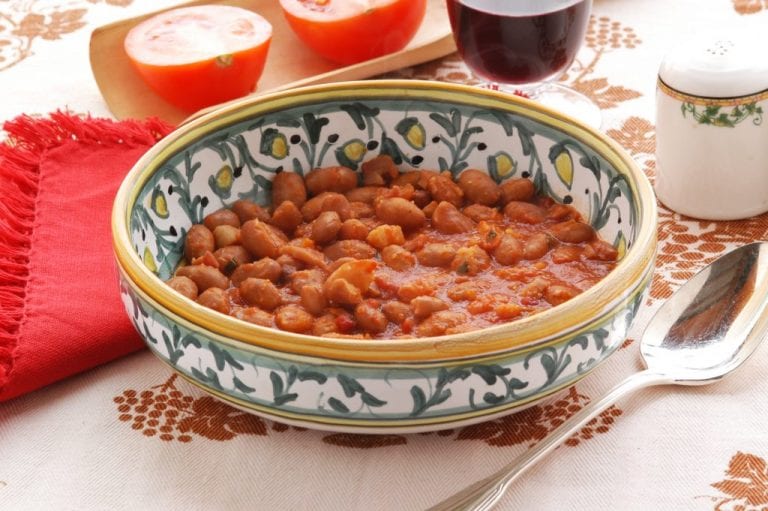
 Eating by the sea in Tuscany. The best beachfront restaurants selected by Gambero Rosso
Eating by the sea in Tuscany. The best beachfront restaurants selected by Gambero Rosso Contemporary cuisine, farmhouses and pinewoods. The hidden restaurant in the nature park near Como
Contemporary cuisine, farmhouses and pinewoods. The hidden restaurant in the nature park near Como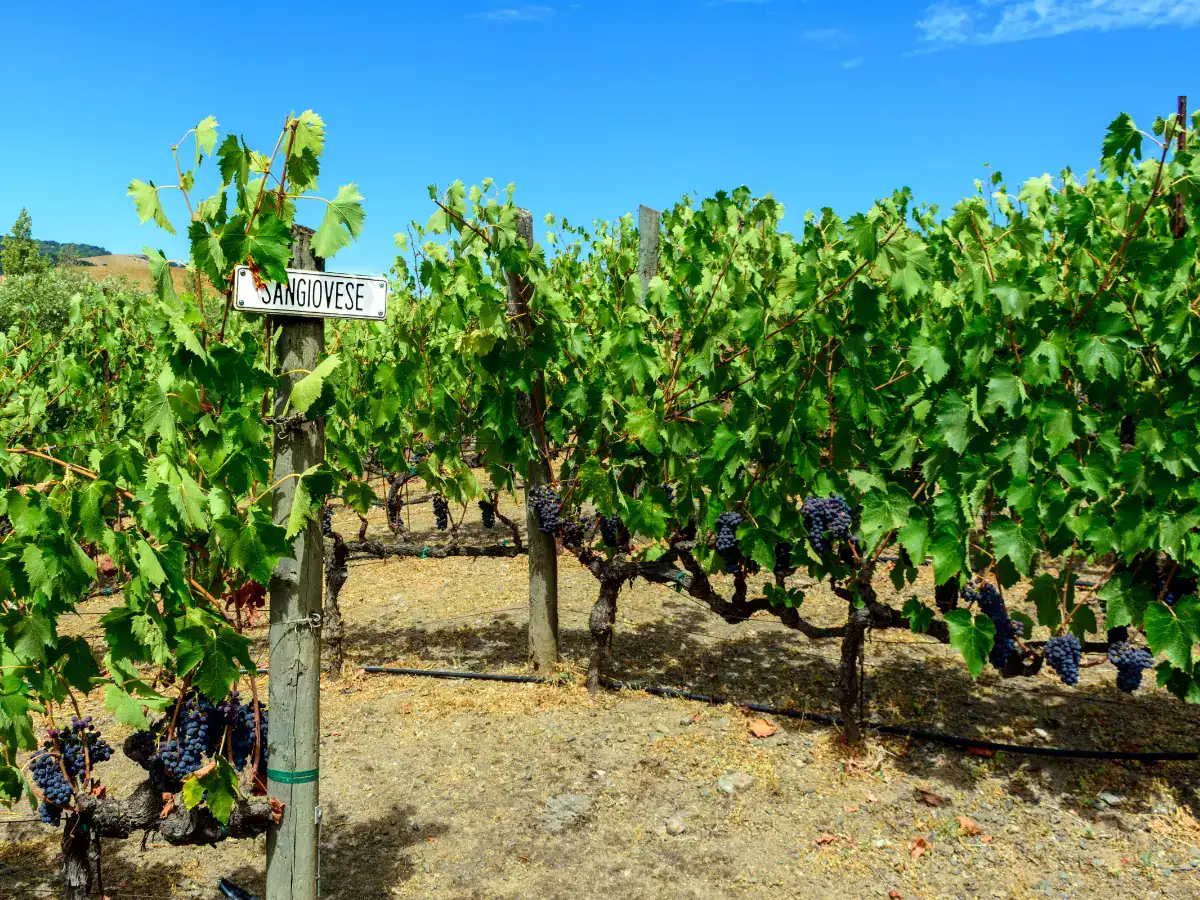 California rediscovers Sangiovese. A brief history of the revival of a forgotten grape variety in the United States
California rediscovers Sangiovese. A brief history of the revival of a forgotten grape variety in the United States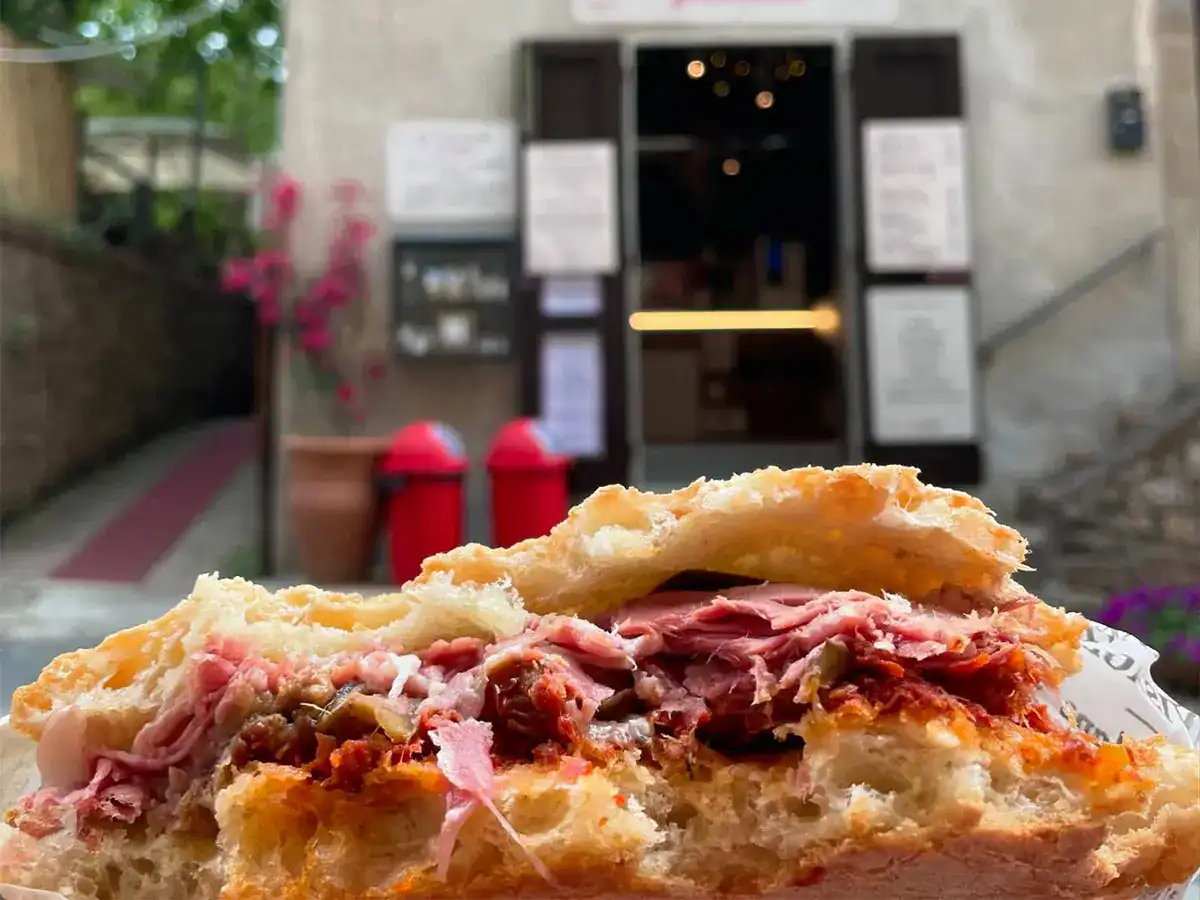 There’s a small shop in Tuscany making incredible stuffed sandwiches and focacce
There’s a small shop in Tuscany making incredible stuffed sandwiches and focacce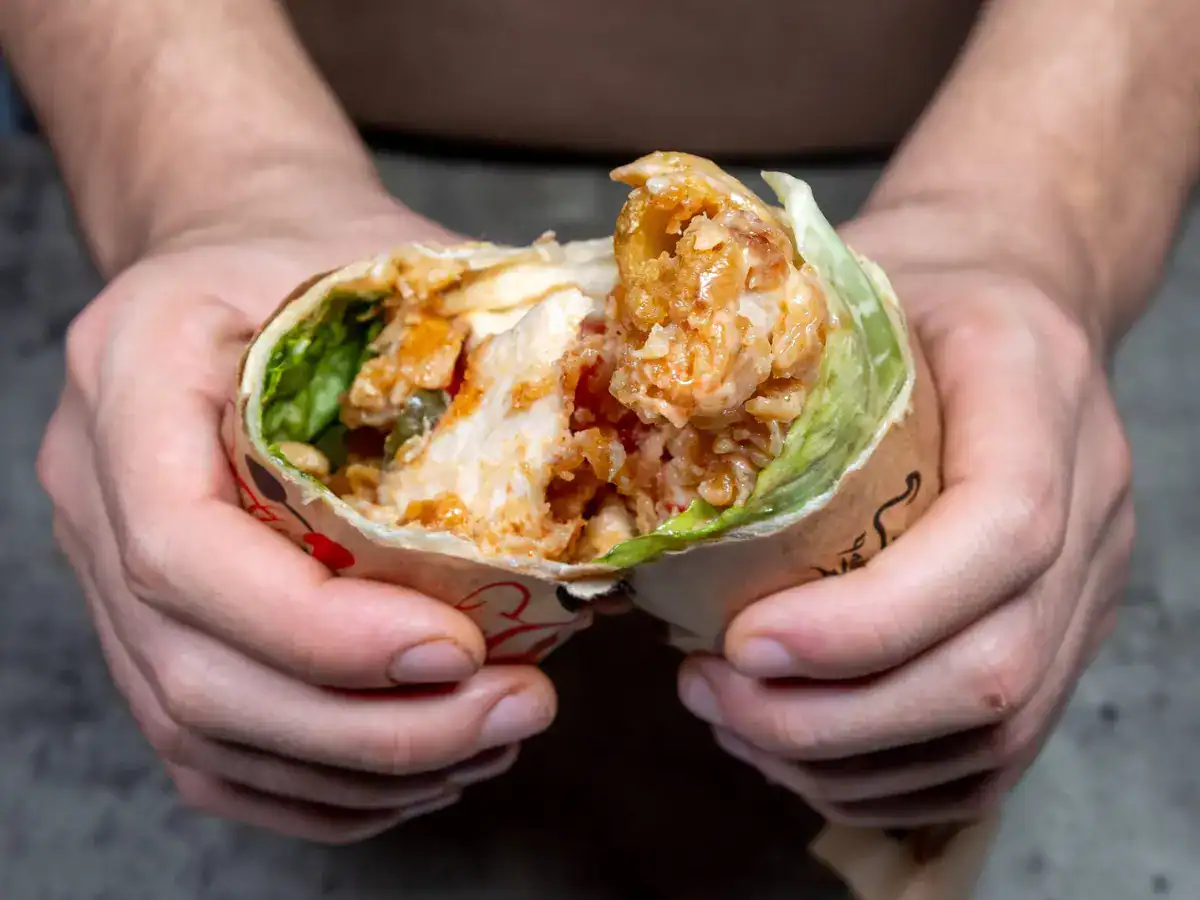 Gourmet maritozzi, Ascolana olives, and suburban pastrami: the unmissable street food of Italy
Gourmet maritozzi, Ascolana olives, and suburban pastrami: the unmissable street food of Italy
